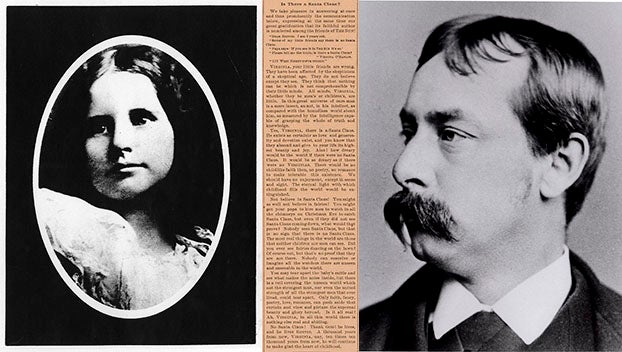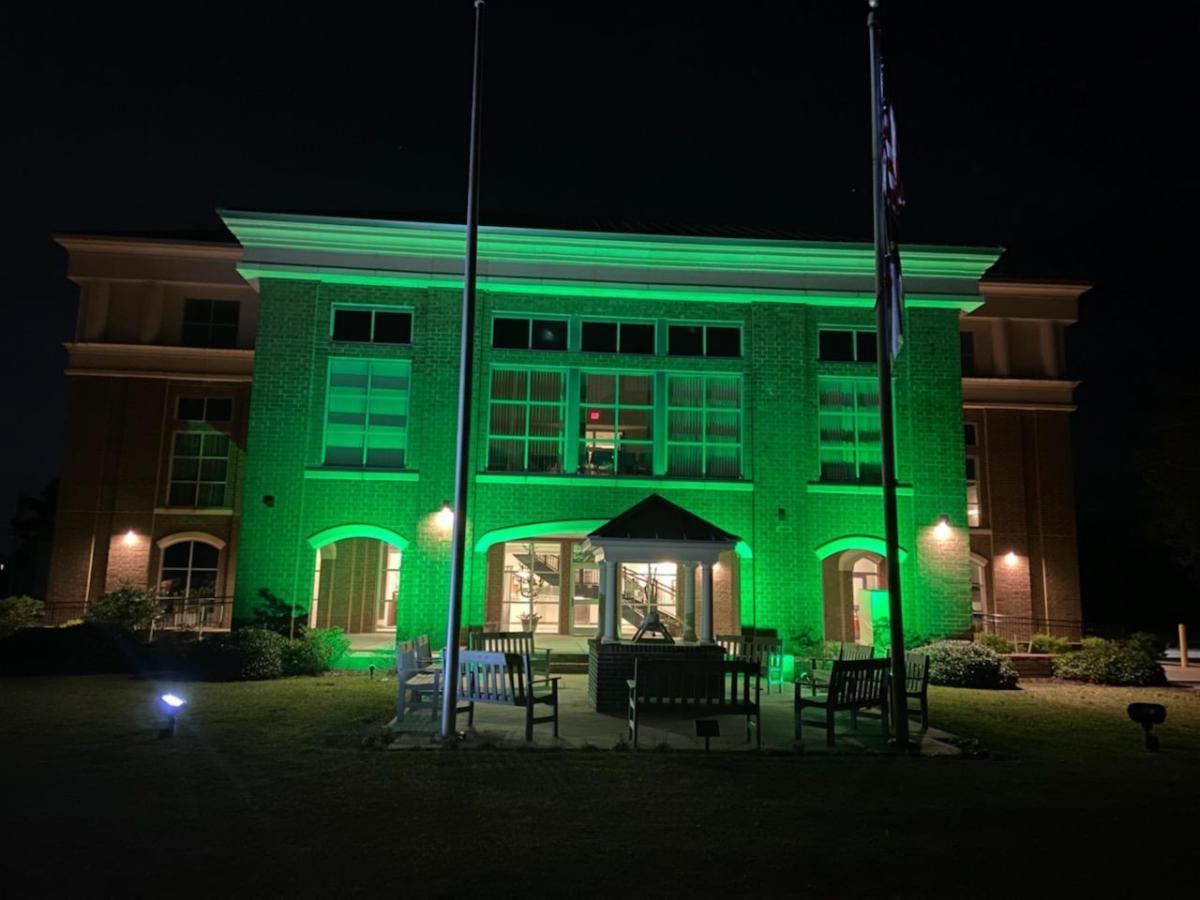Erring on the side of history
Published 7:58 pm Thursday, July 19, 2018
Some may have seen it: the bulldozer ripping through walls, uprooting a foundation. From U.S. Highway 17 in Chocowinity, it’s apparent — the end of an era.
In 1955, this new television station was built, representing the latest technology. Its first broadcast was a World Series game between the Brooklyn Dodgers (long moved to Los Angeles) and the New York Yankees. Back then, baseball was king, and everyone with a television likely tuned in.
The building was sold in 2013, with the new owners deciding to clear the lot for resale more recently. For those who have driven past this television station for a lifetime, or those who watched its first broadcast, its destruction may be an affront. But change is inevitable, especially when it comes to the structures that make up a town.
There are many such structures the older generations mourn: the Fowle House, said to have been one the finest examples of Victorian architecture in the southeast; the DeMille House; the Kugler homes at the corner of Water and Bonner streets; the old Washington High School; the Bug House — there are too many to name, those that live on only in memory.
There’s a fine line between what should stay and what would be better off going; which buildings have inherent architectural value and which are destined to be scrapped. Right now, Washington is seeing a renewed interest in the historic business district, and that interest has translated into actual projects; money being invested in restoration. Some of those buildings have been eyed at various points: should they go? Do they have value? For many, no doubt the answer from various people about various properties has been yes to the former; no to the latter.
It’s a good thing they didn’t have their way. This newfound renaissance in downtown Washington development comprises a mix of old and new structures, each complementing the other. Without one, the other would not exist.
It’s a good thing so many Washington residents are invested in historic preservation. These people have spoken up for buildings that cannot speak; they’ve uncovered architectural details that provide history to structures — history that may have long been forgotten.
For these structures, erring on the side of caution has paid off. Washington should continue to do so.




